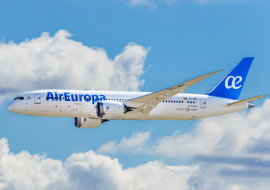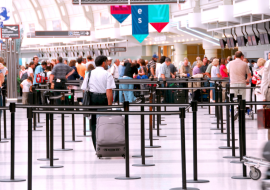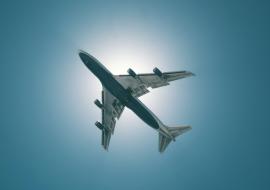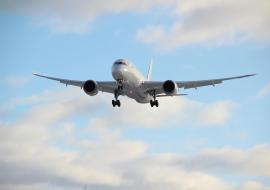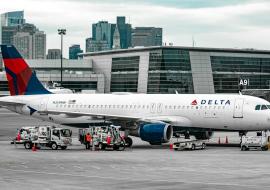Spirit Airlines Bankruptcy: Tourism and Connectivity at Stake

Spirit Airlines' declaration of bankruptcy on November 18, 2024, represents a pivotal challenge for the travel and tourism industry, particularly in regions reliant on low-cost carriers to sustain visitor inflows.
The airline's financial troubles and operational cuts are expected to ripple across several markets, affecting travelers and economies alike.
Spirit Airlines has been a gateway for tourists heading to key destinations in Puerto Rico, the Dominican Republic, and other parts of the Caribbean and Latin America.
Its ultra-low-cost model attracted budget-conscious travelers, making these locations more accessible. However, recent reductions in routes and flight capacity have already started to create uncertainty for destinations dependent on Spirit’s connectivity.
Higher Fares and Reduced Competition
The airline's restructuring or potential cessation of operations could result in decreased competition in the low-cost market. With fewer affordable options, travelers may face higher ticket prices, limiting access to many destinations and potentially reducing overall travel demand.
Cities like Fort Lauderdale, Spirit’s primary hub, could feel the economic pinch from reduced operations. With fewer flights, local economies that rely on passenger traffic — including hotels, ground transportation services, and restaurants — might experience significant revenue losses.
Spirit’s bankruptcy highlights the fragility of low-cost airline business models in today’s economic environment. After a failed merger with Frontier and regulatory hurdles that blocked a deal with JetBlue, Spirit was left grappling with over $3.3 billion in debt. While its ultra-low-cost strategy attracted millions of travelers, it failed to adapt effectively to rising costs and increased competition.
Looking ahead, destinations and competitors will need to adjust to this shifting landscape. Whether through acquisitions, partnerships, or restructuring, Spirit Airlines’ future remains uncertain, and its impact on the travel ecosystem will depend largely on how quickly other carriers fill the void it leaves.








